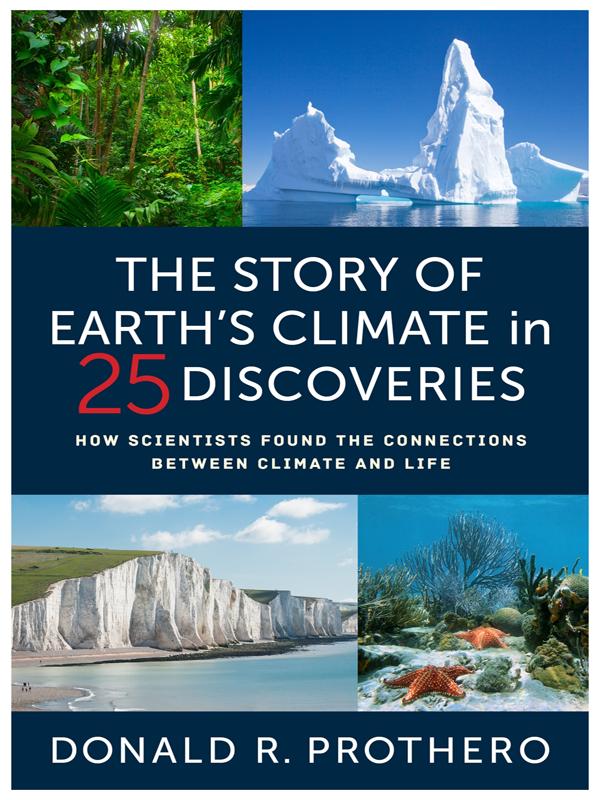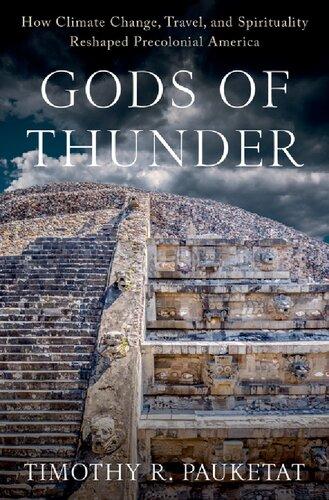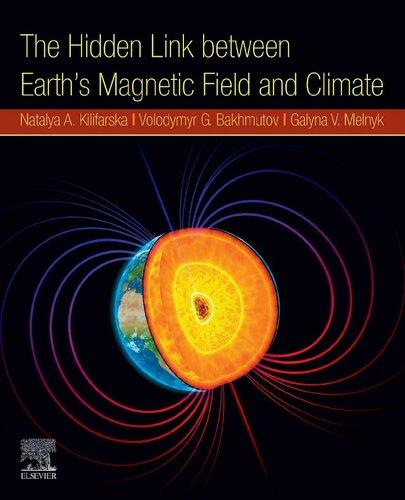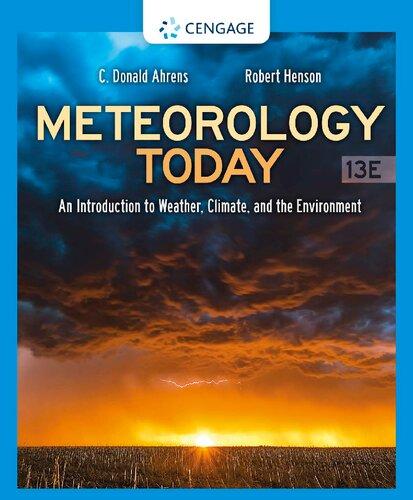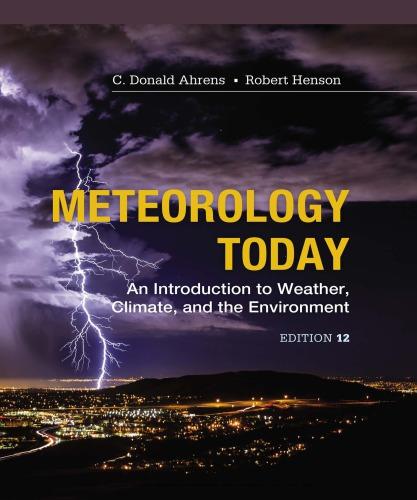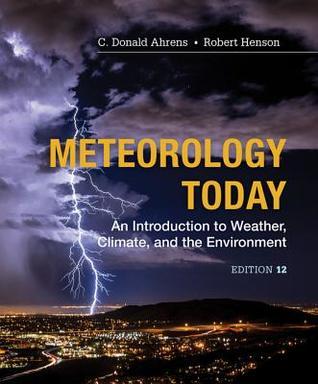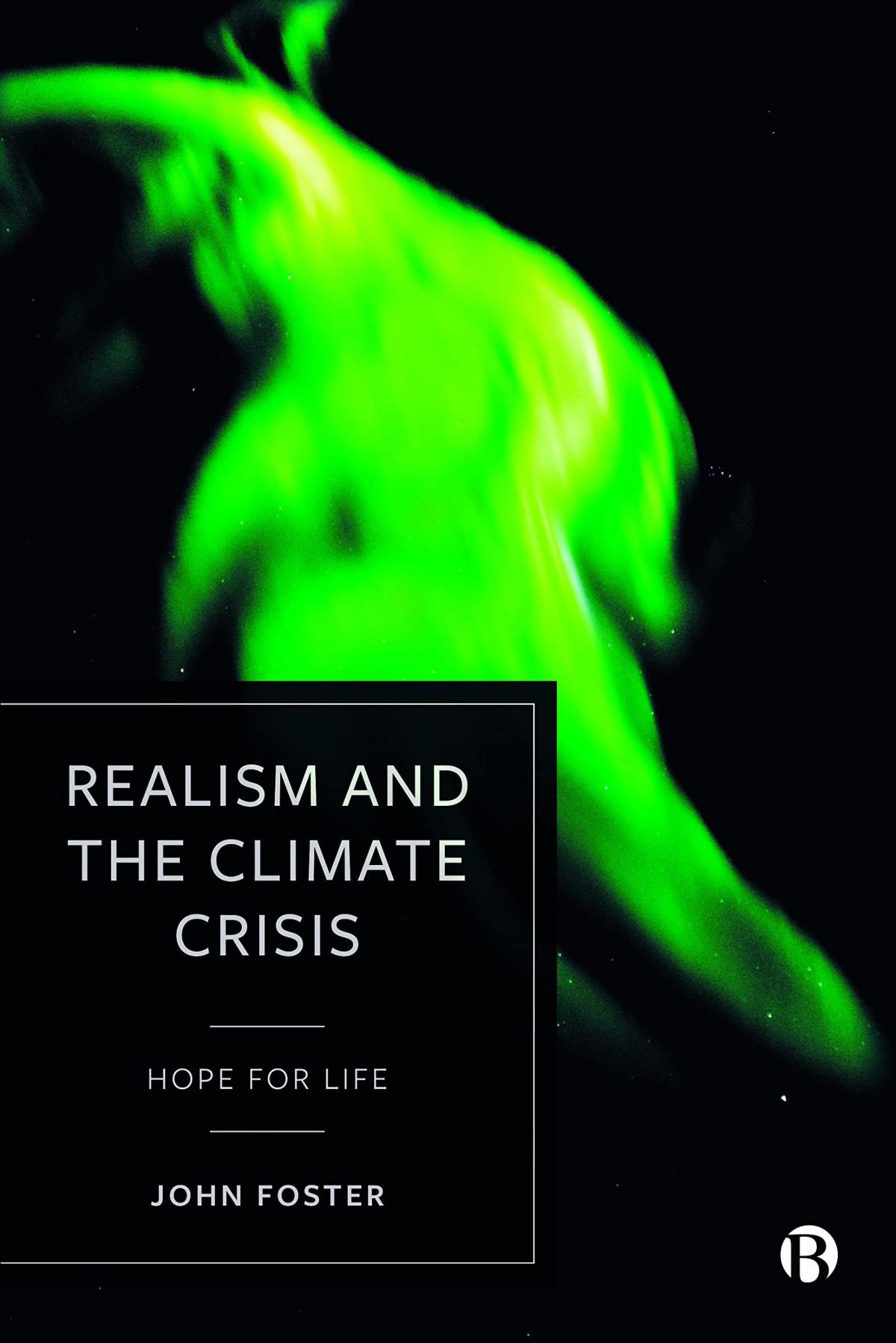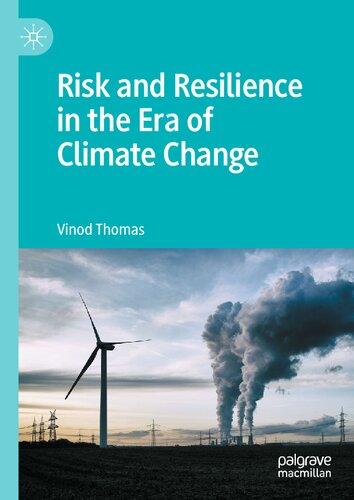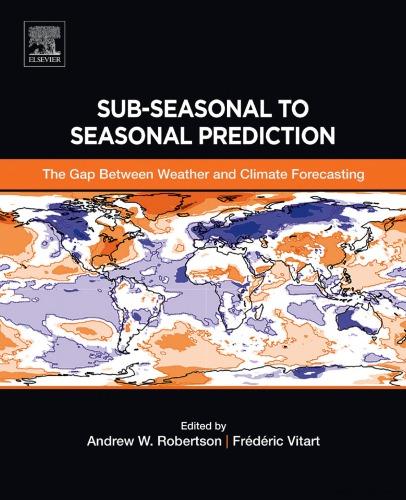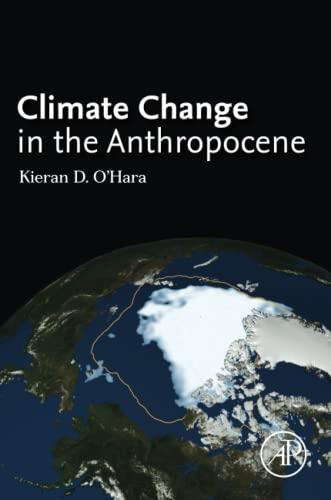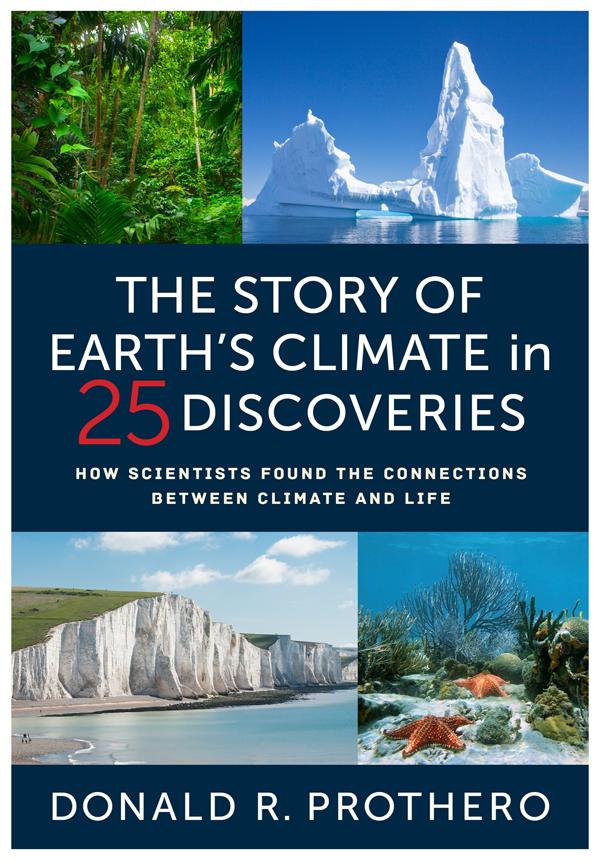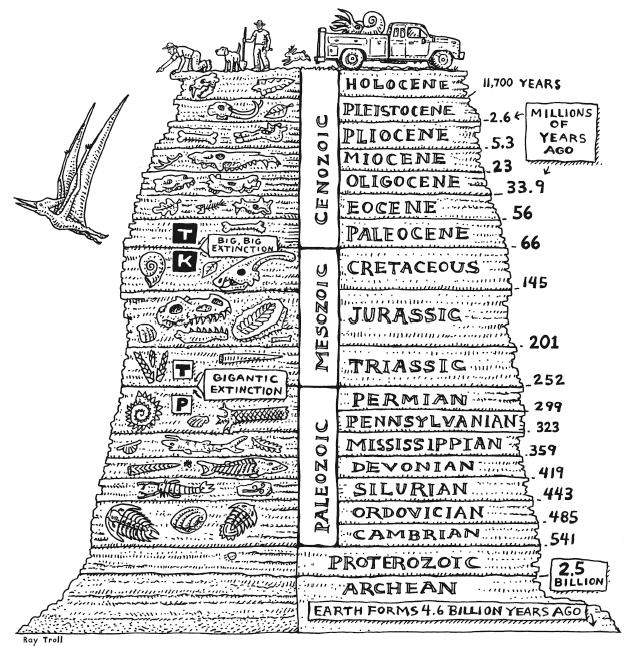01 RARE EARTH
We live on a hunk of rock and metal that circles a humdrum star that is one of 400 billion other stars that make up the Milky Way Galaxy which is one of billions of other galaxies which make up a universe which may be one of a very large number, perhaps an infinite number, of other universes. That is a perspective on human life and our culture that is well worth pondering.
CARL SAGAN, COSMOS
WHY WON’T ET PHONE HOME?
This striking bit of dialogue between Ellie Arroway (played by Jodie Foster) and Palmer Joss (played by Matthew McConaughey) is from the 1997 film Contact, based on the novel by the late Carl Sagan:
ELLIE ARROWAY: You know, there are four hundred billion stars out there, just in our galaxy alone. If only one out of a million of those had planets, and just one out of a million of those had life, and just one out of a million of those had intelligent life; there would be literally millions of civilizations out there.
PALMER JOSS: [looking at the night sky] Well, if there wasn’t, it’ll be an awful waste of space.
Unfortunately, the screenwriter who wrote Ellie’s lines was a bit math-challenged. One millionth of 400 billion is only 400,000, and one millionth of that is only 0.4, and one millionth of that is only 0.0000004 civilizations out there. Estimates of the number of stars in the Milky Way, our galaxy, vary from 100 to 400 billion. Of course, most of those stars probably do not have planets or planets in a zone and of a mass conducive to the development of either intelligent life or any life at all. In fact, it is possible that in our entire galaxy, no star system but ours harbors intelligent life.
THE NUMBERS GAME
In 1961, Frank Drake, the founder of SETI (Search for ExtraTerrestrial Intelligence), proposed an equation for calculating the number of extraterrestrial civilizations with whom radio communication might be possible. The Drake Equation is written as N = R* · fp · ne · fl · fi · fc · L The values expressed are as follows:
N = number of extraterrestrial civilizations with whom radio communication is possible
R* = rate of star formation in the galaxy
fp = fraction of stars in the galaxy with planets
ne = number of planets capable of supporting life
fl = fraction of planets actually harboring life
fi = fraction of planets harboring intelligent life
fc = fraction of planets harboring technologically advanced life
L = length of time during which technologically advanced civilizations broadcast radio waves
Most, if not all, of these quantities are unknown, so the Drake Equation isn’t really a guide upon which to base calculations. Rather, it is a tool for philosophical contemplation. Is there any way to actually calculate or at least to get a rough idea of how many extraterrestrial civilizations might exist in our galaxy?
Perhaps. Following Ellie Arroway’s example but with a bit better math, we could make a 1 percent rule. If we assume a low estimate —that there are 100,000,000,000 stars in our galaxy and only 1 percent have planets—then 1,000,000,000 stars could have planets. If only 1 percent of those stars have planets in what we might call the “Goldilocks zone”—where temperatures are neither too hot nor too cold so water on the surface is mostly in liquid form—we are down to 10,000,000 stars. If only 1 percent of those stars have planets that actually harbor life, we are down to 100,000 such planets in the Milky Way If only 1 percent of these planets have higher life-forms, such as vertebrates, we are down to 1,000 planets. If intelligent life exists on only 1 percent of these, there would be only 10 planets with intelligent life-forms in the entire Milky Way. However, this 1 percent rule is arbitrary and could easily be off by many orders of magnitude, giving us as many as 10,000 planets or fewer than one (that is, none) planet with intelligent life-forms in our galaxy.
A better way of calculating how many intelligent life-forms exist in our galaxy might be to consider the Morgan-Keenan (MK) and Harvard classification systems, which state that our sun is a type G-2 star. These constitute 7.5 percent of the main sequence stars in the Milky Way, or 7,500,000,000 stars, if we assume there are 100,000,000,000 stars in our galaxy. If only 1 percent of these have had time to develop intelligent life, there would be 75,000,000 intelligent life-forms in the Milky Way. Another way to calculate the abundance of life in the galaxy is to consider the number of stars with planets. An estimate based on observations made by NASA’s Kepler Space Telescope is that 22 percent of sun-like stars have planets, so even this estimate might be too low.
THE FERMI PARADOX: WHERE IS EVERYBODY?
We now come up against the Fermi Paradox. Following a casual conversation at Los Alamos in 1950, Enrico Fermi, one of the main architects of the Manhattan Project, along with the physicist Michael H. Hart came up with what is called the Fermi Paradox. Its main assumptions are: The sun is a typical star; billions of stars are far
older than the sun; there’s a high probability that some of these might harbor life, even intelligent life; even with starships taking hundreds of years to traverse the stars, intelligent beings should have colonized the entire galaxy by now. But they haven’t. Fermi’s question is: “Where is everybody?”
Somewhat related to the Fermi Paradox are the Dyson sphere and the Kardashev scale. In 1960, the American theoretical physicist and mathematician Freeman Dyson suggested that as civilizations advance to the point of colonizing their solar systems their energy demands would rise to the point that they would require all the energy output of their sun. Dyson proposed that such civilizations would be capable of building a megastructure that would entirely enclose their star to collect all of its energy. This came to be known as a Dyson sphere. The enclosed star would then radiate only in the infrared wavelengths, the waste heat given off by the Dyson sphere’s energy consumption.
In 1964, the Russian astronomer Nikolai Kardashev proposed three levels of highly advanced civilizations classified by their energy use. On the Kardashev scale, a Type I civilization utilizes all the energy available on its planet. A Type II civilization utilizes all the energy of its sun. A civilization that has enclosed its sun in a Dyson sphere is Type II on the Kardashev scale. Type III civilizations utilize all the energy output of their home galaxy. A galaxy hosting such a civilization would not emit any light in our visible spectrum. In fact, it would only, or at least chiefly, emit infrared radiation, i.e., what we perceive as heat. Recently, researchers using the Wide-field Infrared Survey Explorer (WISE) surveyed approximately 100,000 galaxies and found no sources that emitted only or chiefly infrared radiation, indicating that none of them host a civilization that is Type III on the Kardashev scale. One possible explanation for this lack of evidence of Type III civilizations is that their heat signature simply hasn’t reached us yet. Our nearest galactic neighbor is the Andromeda Galaxy, which is about 2.5 million light years away from us, a light year being the distance light travels in a year. Had a Type III civilization begun to enclose all the stars in the Andromeda Galaxy about 2,000,000 years ago, we wouldn’t begin to see its stars
winking out and giving off only infrared radiation for another 500,000 years.
Of course, both Dyson spheres and Kardashev-type civilizations are highly theoretical. We don’t really know if interstellar civilizations will require such vast amounts of energy. Limiting ourselves to only the 100 to 400 billion stars in our own galaxy, however, Fermi’s question remains unanswered. We have not found convincing evidence that Earth has been visited in the past by extraterrestrials, nor have we found evidence of radio waves broadcast from other parts of the galaxy. So here we are, like the stereotypical wallflower at the senior prom sitting alone on the sidelines of the dance floor. Why hasn’t anyone asked us to dance?
One answer to the Fermi Paradox is that our sun, a G-2 star, isn’t that typical. Another answer to the paradox is the sheer size of the galaxy, even if we accept the low estimate of its total number of stars as being 100 billion. If we assume that 1 percent of the G-2 stars in our galaxy harbor intelligent life, giving us a striking number of 75 million intelligent species, they must still navigate through 100 billion stars. That is, only 75 out of every 100,000 stars would harbor intelligent life. To put it another way, intelligent life would be found on the planets of only 0.075 percent of the stars in the Milky Way, so our potential dance partners simply may not have found us yet. It’s also possible we haven’t found them yet. According to the SETI website:
The failure so far to find a signal is hardly evidence that none is to be found. All searches to date have been limited in one respect or another. These include limits on sensitivity, frequency coverage, types of signals the equipment could detect, and the number of stars or the directions in the sky observed. For example, while there are hundreds of billions of stars in our galaxy, only a few thousand have been scrutinized with high sensitivity and for those, only over a small fraction of the available frequency range.1
If we take “a few thousand” as about 10,000 and assume a low-end estimate of 100,000,000,000 stars in the Milky Way, then SETI has
only managed to scan one out of every 10,000,000 stars or 0.0001 percent of the stars in our galaxy. Likewise, if other civilizations are looking for our signal, they might also have a very hard time finding it.
Another barrier posed by the vastness of our galaxy is that of interstellar space and what we might call “Einstein’s speed limit.” A button and T-shirt sold at science fiction conventions reads, “186,000 miles per second: It’s not just a good idea. It’s the law!” The velocity of light in a vacuum is 186,000 miles per second. Any particle with a measurable rest mass (the rest mass of photons and neutrinos is zero) is subject to Fitzgerald-Lorentz contractions. Independently proposed by George Fitzgerald in 1889 and Hendrik Antoon Lorentz in 1892, these contractions were borne out by Einstein’s theory of relativity. As particles with a measurable rest mass are accelerated, their dimensions, including time, decrease, and their masses increase. At the speed of light, the dimensions of any object become zero, and its mass becomes infinite, meaning in essence that it ceases to exist. The nearest star to our sun is Alpha Centauri, which is about four light years away from us. If aliens from Alpha Centauri could manage to harness vast amounts of energy and go even onequarter of the speed of light, it would take them 16 years to get here and another 16 years to get back home. Groombridge 1618, the fiftieth closest star to our sun, is nearly 16 light years away. At onequarter of the speed of light, a one-way trip from there to Earth would take 64 years.
Our potential dance partners might be hampered by these great distances and the time it takes to traverse them, which might even keep them from reaching us at all. When dealing with travel through interstellar space, science fiction authors have either used the concept of generational ships or resorted to such literary conventions as wormholes or Star Trek’s “warp drive” to get around Einstein’s speed limit. The problem with the latter two means is that they are, in essence, nothing more than literary conventions. Nobody really knows if such a thing as warp drive is even possible. Generational ships are at least theoretically possible. These are envisioned as huge vessels with long-term life support systems sufficient to last for generations. People aboard these floating colonies when they are
launched eventually die off and are replaced by the next generation, and several generations are born and die before the ship finally reaches its distant goal. Thus those aboard a generational ship will have severed their ties with their own species.
The velocity of light in a vacuum also affects radio signals broadcast by neighbors seeking to make contact. A signal broadcast from a star 100 light years away would take a century to reach us, and our response to it would take another century to reach them. Communications over such vast reaches of time would be strained to say the least. This was one of the points of the movie and novel Contact. When Ellie Arroway and her colleagues finally break the code of the signal from the aliens, it reveals old newsreel footage of Adolf Hitler giving a speech. The powers that be in the room are shocked until it is pointed out that Hitler’s broadcasts were among the first signals humans ever sent out into space, and the aliens were simply recording the first messages they received and sending them back to us.
Assuming there is a way around the light-speed limit, another, darker, question arises: Why haven’t we been colonized and either subjugated or even annihilated by space aliens with a vastly superior technology? This frightening possibility is sometimes voiced by celebrity scientists on the lecture circuit to elicit an emotional response from the audience. However, it may well be based on false assumptions. First of all, consider that any civilization capable of sending an invasion fleet across interstellar space would first have to solve its basic energy and material needs. In other words, the space aliens wouldn’t really need to plunder our planet. This is one of the great weaknesses in the 2009 movie Avatar. If Earth’s resources were so badly stripped that they had to plunder the planet Pandora to obtain the unobtainable “unobtanium”—the heavy-handed name for the material Earth needed so badly—they probably wouldn’t have been able to get to Pandora in the first place. The same problem plagues Independence Day and other movies that explain the motives of the alien invasion as exploiting Earth’s resources.
In fact, planets already harboring life might be hazardous to colonize, having their own rich supply of nasty microbes. Much like the scenario of H. G. Wells’s War of the Worlds, beings from another
star system invading Earth might be wiped out by diseases against which they have no immunity. Conversely, they might infect us with some of their microbes, a scenario Michael Crichton explored in his 1969 novel The Andromeda Strain. Some have argued that our microbes, which have evolved to attack earthly hosts, wouldn’t be able to infect extraterrestrials. This would certainly be the case with the Plasmodium falciparum parasite, the causative agent of malaria. It might require not only the Anopheles mosquito as a vector but human beings as hosts. The Anopheles mosquito might not even bite a space alien. Other diseases communicated by mosquitoes are yellow fever and West Nile virus. Other insect and arachnid vectors include fleas, which carry bubonic plague; ticks, which transmit Lyme disease and Rocky Mountain spotted fever; and lice, which transmit typhus. It is quite possible that visiting or invading extraterrestrials would be safe from all of these. However, at least two genera of our bacteria are extremely opportunistic, infecting a wide range of organisms with a variety of diseases. These are Pseudomonas and Staphylococcus. At least one species of Pseudomonas, Pseudomonas fluorescens, can even use hydrocarbons as nutrients. Such a microbe could easily adapt to using the flesh of visiting aliens as food. Both our would-be conquerors and potential dance partners might be leery of landing on what the poet A. E. Housman characterized in his poem “Terence, This Is Stupid Stuff” as “the many-venomed earth.”
We should also consider the possibility that nobody really wants to interact with us—at least not yet. Perhaps the space aliens most likely to contact us are 2,000 years beyond us in cultural as well as technological development. We can put ourselves in their place by remembering that 2,000 years ago one of the most advanced societies on Earth was the Roman Empire, a culture that accepted slavery as the norm and whose chief form of public entertainment was to make a spectacle of violent death in the arena. If we didn’t absolutely have to, would we really care to associate with such people? Perhaps advanced extraterrestrials would view us in much the same way, finding our problems of endemic racism and our penitentiary systems barbaric.
However, perhaps the extraterrestrials are only 200 years ahead of us. Two hundred years ago, prior to 1824, race-based slavery was practiced in the United States. Native Americans were being driven off their lands. Women didn’t have the right to vote. Child labor was common, and most adult laborers worked 12-hour days, six days a week. Today we would regard such a society as criminally backward. Of course, advanced space aliens could land on Earth, take over, and forcibly civilize us for our own good, as did the Overlords in Arthur C. Clarke’s 1953 novel Childhood’s End. However, individual species might be regarded as important in providing new ways of thinking and problem solving. Finding us repugnant in our present state, ethically superior aliens might have a noninterference policy similar to that of the Prime Directive of Star Trek. Thus they’ll leave us to our own devices and only ask us to dance once our manners have improved.
Finally, let us consider a possibility somewhere between the extremes of our galaxy teeming with thousands of civilizations and us being its sole form of intelligent life. If intelligent life is out there but is quite rare, we might be one of only 30 intelligent species in the galaxy. We might also be the foremost intelligent species. If we are one of 75,000 intelligent forms, it is doubtful that we are the first to have reached high technological status. However, if we are one out of 30, there is a 3.33 percent chance that we are in first place. Another way to look at this is to assume that most species lie in the middle of a probability curve. With 30 species, we have 10 chances out of 30 (or a fraction over 33.3 percent) of being in the middle of the curve, a bit over 33.3 percent chance of being somewhere on the high side of the curve, and bit over 33.3 percent chance of being on the low side of the curve. Maybe we haven’t heard from anyone else because we are the first species in our galaxy to broadcast radio waves. Even as we scan for radio signals from elsewhere in the galaxy, perhaps we are the first to walk out onto the dance floor
WHY IS LIFE UNLIKELY ELSEWHERE IN THE UNIVERSE?
In recent years, two new sets of discoveries have changed the perspective on the possibility of life on other planets and the probability of extraterrestrial life. One is the evidence of more and more planetary bodies in other parts of the universe that may have the right set of properties (not too hot or cold for liquid water, not too extreme in other aspects) for life to evolve there. Current estimates suggest the possibility of millions of such smaller bodies that might fit the requirements for a planet not hostile to life.
The other discovery is that microbial life occurs in far more places than we ever imagined. Very primitive organisms (mostly Archaebacteria, an ancient group of bacteria with the most primitive genetic code of any living thing) are known to live in superheated hot springs on land, in the superheated “black smoker” springs in the midocean ridges deep on the floor of the ocean, and even deep in rocks far below the earth’s surface. From the carbonaceous chondritic meteorites formed in the early solar system, we know that amino acids are widespread in the universe, so the possibility that simple life has originated elsewhere is not so implausible now. As a consequence, most scientists would no longer rule out the possibility that very simple bacteria or other primitive microbes occur on other planets.
It’s one thing to say that there may be microbes on lots of other planetary bodies. But it’s quite another to imagine that they could have evolved into complex life-forms communicating with us electronically, and it is even less likely that they have been secretly invading us with their flying saucers and interacting with humans in weird ways. As the paleontologist Peter Ward and the astronomer Donald Brownlee point out in Rare Earth: Why Complex Life Is Uncommon in the Universe, the astounding coincidence of events that caused Earth to be hospitable to the evolution of complex organisms was extremely unlikely—and it is even less likely to have occurred anywhere else in the universe. Here are some factors these authors list as being required for the evolution of complex organisms.
1. Right kind of galaxy: Most regions in our galaxy are “galactic dead zones” that could never support complex life because they
are too close or too far from the galactic center If we are too close to the center, metallic planets do not form, and having the right metals (such as iron and nickel) are essential. So a planet with life can’t be in the inner galaxy. Also, if it is located in the inner galaxy, a planet is more likely to be struck by objects from space. But the planet must be the right distance from dangerous black holes in the galactic center with its damaging X-rays and gamma radiation. Thus a planet with life can’t be too far into the outer galaxy either.
2. The “Goldilocks zone”: Earth lies in the Goldilocks zone, just far enough from the sun, but not too far, for surface temperatures that are not too hot for liquid water on the surface (like Venus) and not too cold (like Mars), but “just right” (like Goldilocks’s porridge). That zone is very narrow, so life could never have arisen on Venus (even hotter than when it started due to its super greenhouse atmosphere, hot enough to melt lead). Mars once had liquid water on its surface, but now it is a deeply frozen dead planet, and there is no evidence so far that any kind of life has ever evolved there.
3. Solar system dynamics: Our sun is the right size and had the right composition of elements to give Earth what it needed— most other stars don’t have the right composition or size. Most other planets orbiting stars are too big or too small or are poor in the elements necessary for our iron-nickel core, which gives us the shielding effects of our magnetic field. Many are in a perilous part of the universe such as in a globular cluster or near an active gamma-ray source, in an unstable binary or multiple-star system, near a pulsar, or near a star likely to go supernova.
4. Jupiter’s gravity: Most catastrophic large impacts of asteroids or comets have been avoided because Jupiter diverts them away from Earth.
5. Moon’s gravity: Thanks to the gravitational effects of our extraordinarily large moon, Earth has a stable rotation with only a slight tilt of its axis, unlike the wildly unstable wobbles and tilting motions of Neptune (currently spinning on its side with
respect to the plane of its orbit around the sun). For the same reasons, our planet has a nearly circular orbit (not an extremely elliptical one). This means that Earth’s surface temperatures are fairly stable and constant over millions of years and do not fluctuate wildly from freezing to boiling as they do on many other planets.
6. Core and plate tectonics: Earth was also the right size and composition to have a liquid iron-nickel core and a mantle that produces plate tectonics, which constantly remodels and shapes Earth’s surface and helps maintain the range of temperatures and the balance of atmospheric gases in a fairly stable, narrow range.
7. Magnetic field: The liquid iron-nickel core of Earth generates our magnetic field. The field, in turn, deflects most of the bombardment of ionized plasma from the sun known as the “solar wind,” diverting most of its effects away from the planet. If we did not have that protection, Earth’s surface would be inhospitable to life.
8. Oxygen: Even more important, life itself has made Earth supremely habitable. It’s possible to imagine many other planets with simple microbes, but not so easy to imagine that they evolved the crucial system of photosynthesis that earthly bluegreen bacteria (cyanobacteria) first developed 3.5 billion years ago. Without photosynthesis, there is no free oxygen. (Lots of other planets have oxygen, but it is all bound up into other molecules and is not in the form of free oxygen, or O2). In fact, most solar system planets have an atmosphere of components such as nitrogen and carbon dioxide (the major gases in the atmospheres of Mars and Venus) but no free oxygen. As you will see in chapter 6, for 80 percent of life’s history on Earth, there was not enough free oxygen for even the simplest animals to evolve. It wasn’t until about 2.4 billion years ago that oxygen first began to accumulate in our oceans and atmosphere, and it was not until the Late Cambrian or Ordovician (about 500 million years ago) that free oxygen probably reached the current level of 21 percent. Without free oxygen, the only life possible is
simple microbes, and possibly simple multicellular plants—but no animals of any kind, let alone space aliens that look like us. As far as we can tell from spectral analysis of other similar-sized planetary bodies elsewhere in the universe, not one of them has abundant free oxygen in the atmosphere—and that rules out the idea that they have animal life as we know it in any form. In 2004, the Hubble Space Telescope found a planet called Osiris (about 150 light years from Earth) with a small amount of oxygen and carbon in its atmosphere, but it was so hot that the atmosphere was boiling off and constantly being lost to space. Recent research describes other pathways for forming free oxygen on planets, but so far there has been no physical evidence of another planet with an atmosphere rich in free oxygen.
9. Ozone: Without a layer of free oxygen in our atmosphere, there would be no ozone either. The ozone layer is formed in our stratosphere when free oxygen molecules (O2) are split into Ooxygen radicals, each of which then latches onto another O2 molecule to form ozone (O3). Without ozone, the harmful UV radiation from the sun would cause severe sunburns and skin cancer that would destroy any land life not protected by being in the water.
10. Carbon cycle: Our planet walks a narrow tightrope to keep enough carbon dioxide in the atmosphere to warm the planet but not too much (or a runaway greenhouse will kill everything) or too little (and the planet will freeze over). Chapter 8 describes several “Snowball Earth” events from 2 billion years ago to 600 million years ago that affected life on planet Earth. Excess carbon is trapped in crustal rocks such as coal (made of the tissues of extinct plants turned to rock) and limestone (made of the calcium carbonate shells of sea creatures). Several times in the past billion years the excess carbon dioxide in the atmosphere was transferred into the earth’s crust by huge volumes of coal or limestone trapping the carbon in rocks. Indeed, one of the main reasons for our current climatic crisis of global warming is because we have been burning the coal and
oil that once trapped all that carbon millions of years ago and returning it to the atmosphere as carbon dioxide. Without advanced life-forms such as land plants or shell-building animals, a planet has no mechanism for regulating the carbon dioxide in its atmosphere and can swing wildly from one extreme too warm for life (like Venus) to a frozen planet too cold for life (like Mars). Life itself is a global thermostat, as well as the source of all of our oxygen.
11. Contingency: Throughout most of human history we have taken the anthropocentric view that humans are the most important beings in the universe. More recently, these views have evolved so that we now think of ourselves as the inevitable by-product of billions of years of the evolution of life. But as the late Stephen Jay Gould pointed out in his 1989 book Wonderful Life: The Burgess Shale and the Nature of History, this view is completely false. Gould argued that chance, accident, and contingency are important factors in evolution, and that evolution is not predestined to follow a certain path that—as the anthropocentric bias dictates—eventually leads to us. The history of life could have been played out in a near infinite number of alternate scenarios if one or two events early in the sequence had been different. Gould made this contingency argument most strongly in his book, which discussed the amazing soft-bodied Cambrian fauna from the Burgess Shale of Canada. With so many bizarre experimental body forms (none of which survive today), he argued that there was no way of predicting what the future shape of life would be like by examining this early experimental phase. (The title of the book refers to the famous Frank Capra movie It’s a Wonderful Life, in which Jimmy Stewart gets to view an alternate future predicated on a very slight difference in initial conditions—in this case, that his character had never been born.) Our ancestors include the Burgess Shale fossil known as Pikaia, which was just a tiny wormlike lancelet relative back then and a very minor part of the fauna. A Cambrian biologist would have no way of guessing that eventually the vertebrate body plan would be a great success and most of the other types would die out. If the video of life had
been rewound and replayed, perhaps some other group would have dominated and we would not be sitting here speculating about it! Or, as I discuss in chapter 18, if the Cretaceous extinctions had not happened, dinosaurs would still be ruling Earth 66 million years later, and we would still be tiny shrew-like mammals hiding in the underbrush from our reptilian overlords (as mammals did for the first 130 million years when they overlapped in time with dinosaurs). Human evolution would never have happened, let alone humans developing intelligence and science that could communicate with other planets. Humanity is just a lucky accident, and if we reran the videotape of life’s history again from the start, there is no possibility that it would repeat the events of the first run.
All of these factors came together on Earth, and there is good reason to believe that Earth is indeed an unusual and exceptional planet. The odds are extremely slim that any of the many new planetary bodies being discovered every year will have all of these right factors in the right range. No other planet we have found so far has the right set of conditions for complex multicellular life (let alone aliens like you see on TV). Simple microbial life is much more likely, but it’s not like ET ready to phone home. Despite the optimistic ideas of science fiction authors, we are almost certainly alone in the universe.
NOTE
1 SETI Institute, “Is There an ‘Eerie Silence?,’ ” FAQ, accessed May 30, 2023, www seti org/faq#obs19
FOR FURTHER READING
Comins, Neil F. What If the Moon Didn’t Exist? Voyages to Earths That Might Have Been. New York: HarperCollins, 1993.
Gribbin, John. Alone in the Universe: Why Our Planet Is Unique. New York: Wiley, 2011.
Lane, Nick “Life: Is It Inevitable or Just a Fluke?” New Scientist 214, no 2870 (2012): 32–37
Lissauer, Jack J. “How Common Are Habitable Planets?” Nature 402, no. 6761 Suppl. (1999): C11–14.
Prantzos, Nikos “On the Galactic Habitable Zone ” Space Science Reviews 135 (2008): 313–322
Simpson, George Gaylord. “The Nonprevalence of Humanoids.” Science 143, no. 3608 (1964): 768–775.
Taylor, Stuart Ross. Destiny or Chance: Our Solar System and Its Place in the Cosmos. Cambridge: Cambridge University Press, 1998.
Ward, Peter D , and Donald Brownlee Rare Earth: Why Complex Life Is Uncommon in the Universe New York: Copernicus Books (Springer Verlag), 2000
Webb, Stephen. If the Universe Is Teeming with Aliens, Where Is Everybody? Fifty Solutions to the Fermi Paradox and the Problem of Extraterrestrial Life. New York: Copernicus Books (Springer Verlag), 2002.
Waltham, David Lucky Planet New York: Basic Books, 2013
